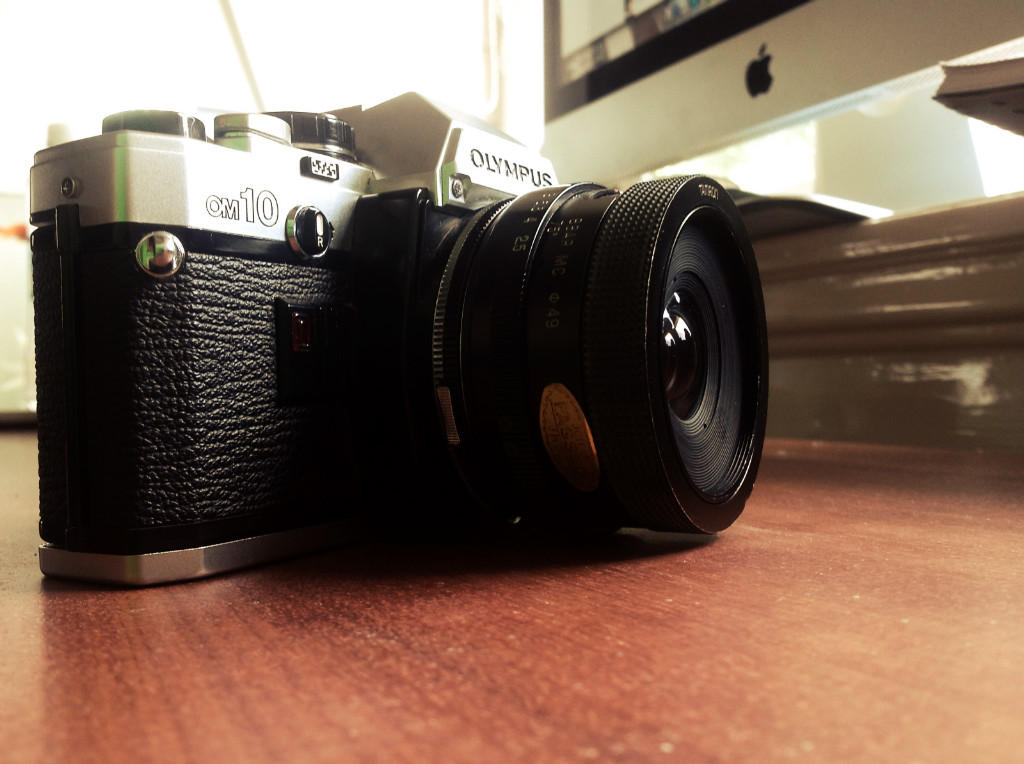This is one of the most awesome things to do if you want those cool vintage pictures.
This is what a redscale picture looks like:
Let me explain:
What is redscale?
Film uses different layers of light sensitive film. When you take a picture with a normal film, the red layer is the last layer to be exposed to the light. That means the back layer is the red one.
A redscale has the red layer of the film in front. So basically, redscale is film exposed from the other side.
How do you make it yourself?
You can buy your own redscale at the lomography store. But making your own redscale is fun, and a lot cheaper!
What you need:
- A completely dark room, or a dark bag for film(you can buy those at your local photography shop)
- A film you can’t use. (Film A) (Already exposed, from a thrift shop camera, expired etc.)
- Your film you want to turn into a redscale. (Film B)
- scissor
- tape
Making the redscale:
- Take film A and pull out all the film, then cut off the most of the film. Leave about 3cm on there. (you can do this in a room whit the lights on)
- Get all your stuff into your dark bag or room. Make sure to place them before you turn off the light so you know what is where.
- Make sure your room (or bag) is completely dark. Only if you’re sure your place is completely dark, go to the next step.
- Again, YOU NEED TO DO THIS IN COMPLETE DARKNESS! Grab film B and cut off the first 4cm. You have to cut of the thin part.
- Now take the almost empty film canister from film A. Turn around the film B and tape those two parts together. So the good side of film A is taped to the “wrong” side of film B.
- Now wind up the empty film until your canister from film B is empty, and film A is full.
- Cut the two films apart and then cut in the thinner part a normal film has in the beginning of film A.
VOILAH! Load your film into your camera, and you have got your own home made redscale film!
Sorry for the crappy drawings, but it looks easier with the pictures.
OH! One more thing: For the best results, shots need to be over exposed by one or two stops to achieve correct exposure on developing. And don’t forget to tell the person who is developing the film there is tape at the end of the film!!! If you don’t, the developer could crash his machine (if the developer does his or her film development with a machine)
HAVE FUN SHOOTING AWESOMENESS!



















































